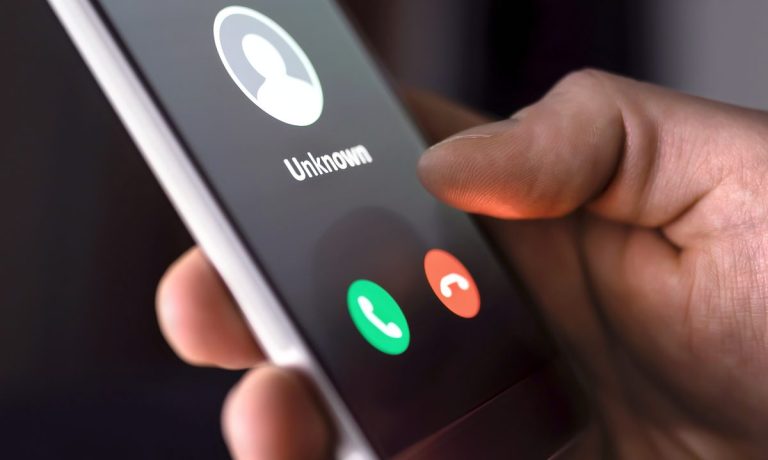
Although many processes are digital today, there are times when a financial service provider still needs to get a customer on the phone — for instance, if it detects possible credit card fraud.
But getting people to pick up is an increasingly difficult proposition in an era when most of us screen our calls religiously and only answer if we recognize the number.
“Consumers see a number that comes across their cell phone. It’s just 10 digits and they don’t answer it because they think it’s a scam or spam,” Sherri Schwartz, chief marketing officer at First Orion, told PYMNTS. “They have been conditioned not to answer their phones because of the fear of the bad actors.”
Opportunities Lost When Consumers Don’t Answer the Phone
First Orion, a provider of branded communications solutions for enterprises, reports that 60% of consumers have missed a retailer’s call about an urgent matter because they didn’t recognize who was calling. That’s a problem across any industry where companies are trying to speak with their customers.
For example, Schwartz said that a retail store that delivers appliances found that it incurred a cost of $100 each time it had to reroute a delivery because a customer didn’t answer the phone to confirm the delivery time.
Banks and insurance companies face similar challenges. They often find that if a customer has started but not finished an online application, the firm might want to complete the process over the phone but is unable to reach the customer.
An Environment of Distrust
Phone scams were aided by the introduction of Voice over Internet Protocol (VoIP), which allows users to make outbound calls from computers. That has enabled bad actors to use call spoofing — disguising their identity by sending false information to the caller ID on the recipient’s phone.
“Now there’s this environment of distrust between the consumers themselves and the legitimate callers that are trying to reach them,” Bryan Smith, vice president of product management at First Orion, told PYMNTS.
He added that over the last year or so, 80 million users have been taken advantage of by scammers who called them on the phone.
The Federal Communications Commission (FCC) has attempted to reduce the problem by mandating standards that enable carriers to validate a call as they receive it and hand it off to another carrier and ultimately the consumer.
“It’s not ubiquitous at this point, and it doesn’t necessarily solve all of the scenarios just yet, when it comes to businesses that have to make outbound calls to consumers,” Smith said.
An Opportunity to Provide Clarity
A solution that is available to brands and businesses is branded communication, which allows firms to brand their calls so that the recipient sees their name, number and reason for calling on the caller ID.
Branded communication enables a firm to both confirm its identity, so the consumer will pick up the phone, and brand their phone calls just as they would do with a billboard or a flyer, Schwartz said.
“I think the opportunity is now for businesses to really look around and look at that one thing that’s missing that they haven’t been able to provide clarity on and they haven’t been able to provide the ultimate customer experience on — and I do believe it’s that mobile device,” Schwartz said.